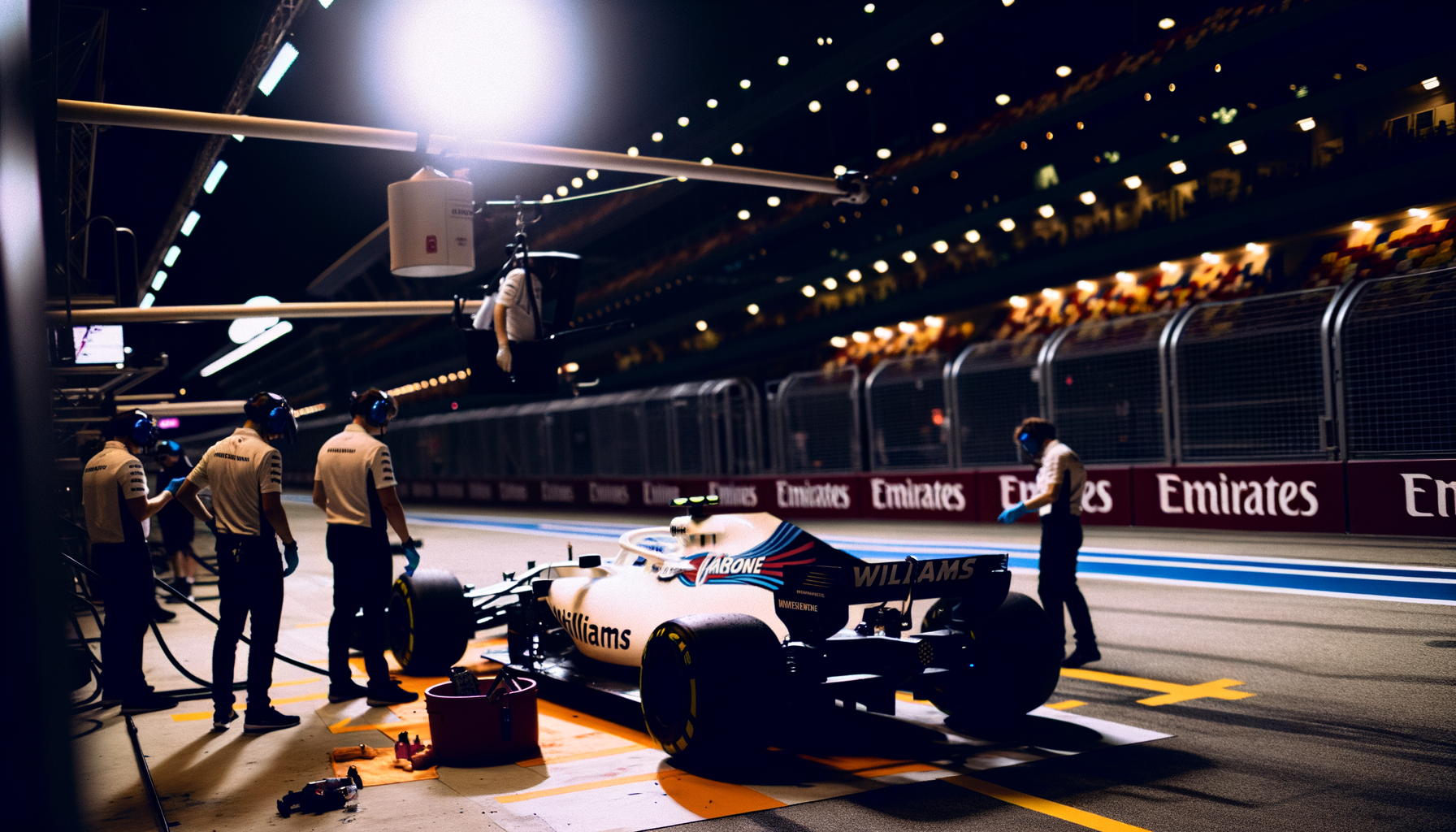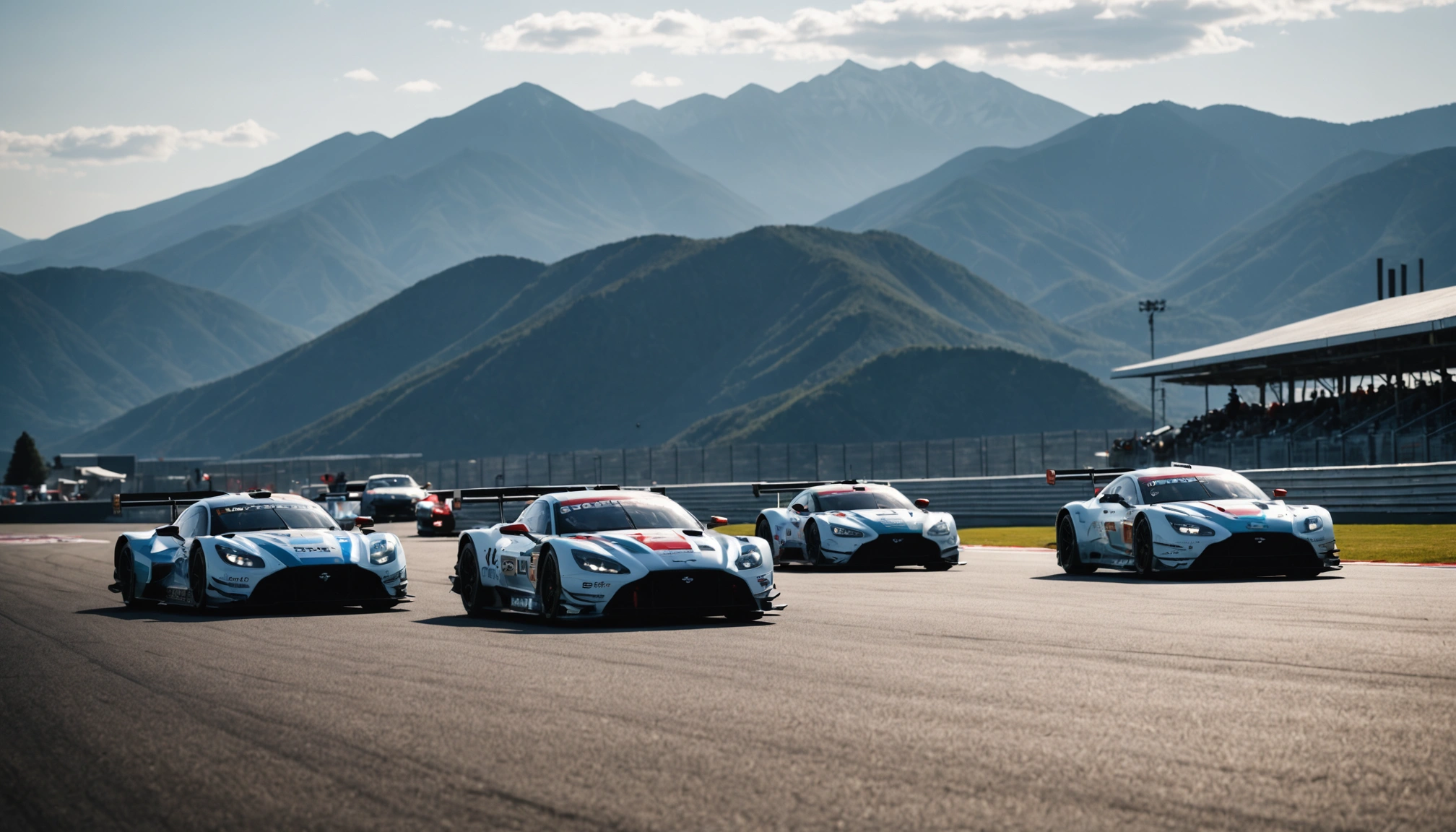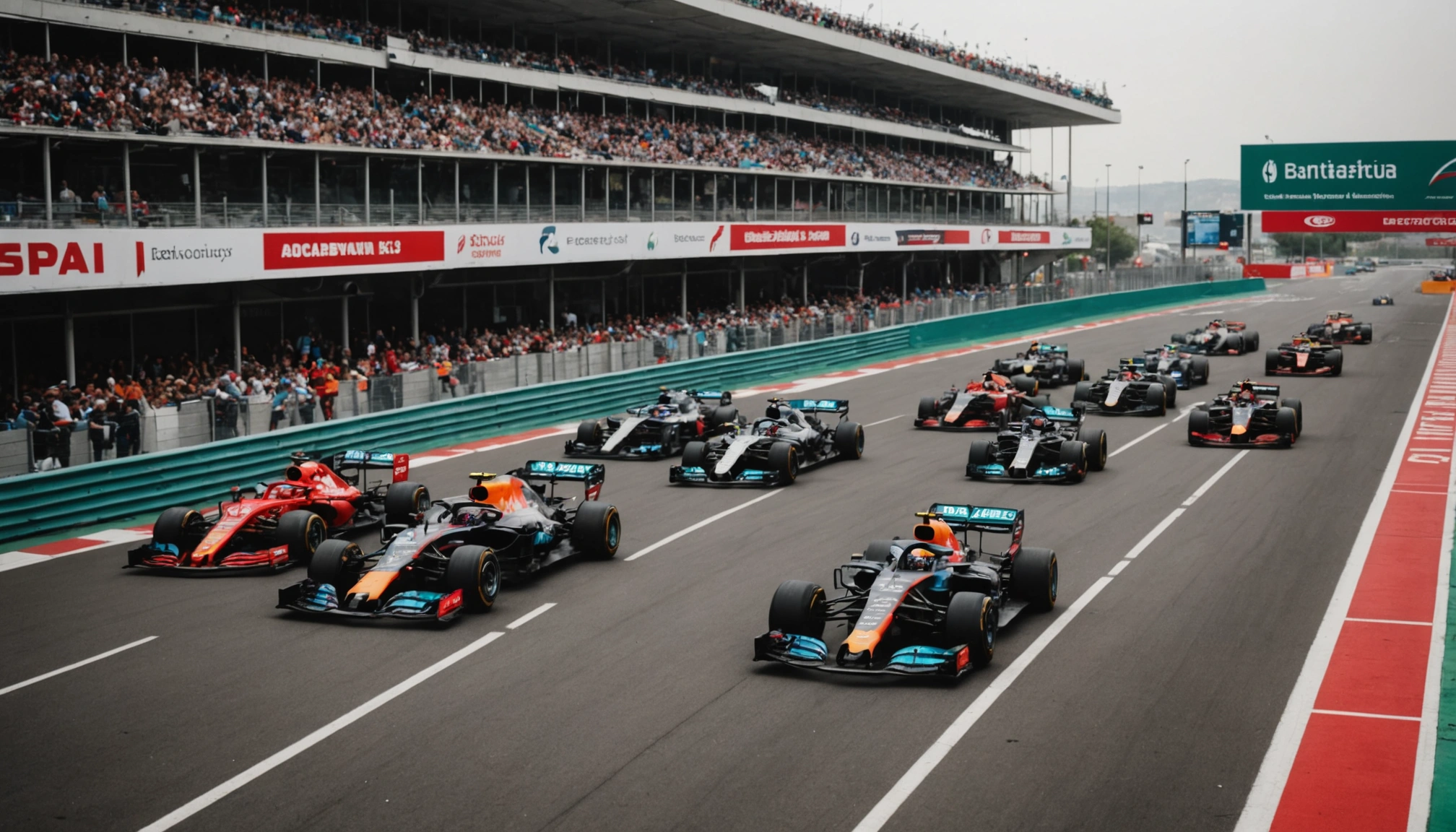Williams Excluded From F1 Singapore GP Qualifying: What Happened?
Discover why Williams was excluded from the F1 Singapore GP qualifying session and what this means for the team and the race weekend ahead.

By Editorial
Introduction To Williams' Singapore GP Qualifying Exclusion
The 2024 Formula 1 Singapore Grand Prix qualifying session took a dramatic turn when the Williams team was excluded from the results. This unexpected development stirred conversations across paddocks and among fans worldwide. But what exactly led to this exclusion, and what are the implications for Williams and the rest of the grid? This article dives deep into the circumstances surrounding this contentious decision.
What Led To Williams' Exclusion From Qualifying?
Williams was disqualified from the qualifying results due to a technical infringement discovered during post-session inspections. Specifically, the FIA stewards found that the team’s car did not comply with the minimum ride height regulations mandated for the Singapore GP. This breach is taken seriously in F1 as it affects vehicle performance and safety standards.
Ride height regulations ensure that all cars maintain a certain distance from the track surface, impacting downforce and aerodynamic efficiency. Lower ride heights can grant a competitive advantage by improving grip through enhanced aerodynamics, especially on a street circuit like Marina Bay.
The Role Of Technical Regulations In F1
Formula 1 regulations are stringent and continuously monitored to maintain fairness. The FIA conducts scrutineering before and after sessions to ensure all teams comply. In this case, Williams' failure to meet the ride height requirement was flagged, leading to their exclusion from the qualifying classification.
Impact On Williams And The Singapore GP Weekend
Being excluded from qualifying means Williams drivers cannot take their earned grid positions. Instead, they must start the race from the back of the grid or from the pit lane, depending on other penalties or technical circumstances. This setback significantly complicates their race strategy, especially on a track like Singapore where overtaking is notoriously difficult.
Williams has struggled in recent years to regain competitiveness, so this incident adds pressure to an already challenging season. However, it also offers an opportunity to demonstrate resilience and strategic acumen during the race.
How Does This Affect The Championship And Other Teams?
While Williams is not currently a front-runner in the championship, their exclusion reshuffles the grid and may influence the dynamics for midfield and lower teams. Other teams can capitalise on Williams' misfortune to gain better positions and points.
For fans interested in broader UK sports contexts, exploring parallels with football league regulations can be insightful. For example, the Comprehensive Guide To UK Football Leagues And Teams offers an understanding of how strict rule enforcement shapes competitive balance in different sports.
Williams' Response And Future Implications
Williams released a statement acknowledging the breach and expressing commitment to rectifying the issue. The team emphasised their respect for FIA regulations and vowed to improve compliance going forward.
Such incidents often prompt internal reviews and technical adjustments to prevent recurrence. Teams typically use these lessons to strengthen their processes and ensure better reliability in future races.
Lessons From Past F1 Disqualifications
F1 history has several examples where technical infringements led to disqualifications, affecting championship outcomes. For instance, the 2021 Belgian GP saw similar disputes over car compliance, underscoring the FIA’s vigilance.
Teams learn the importance of precision engineering and strict adherence to rules to avoid costly penalties. Williams’ current setback is a reminder that in F1, even minor technical deviations can have major consequences.
The Singapore GP Qualifying Session Overview
The Singapore GP qualifying is always a highlight due to the circuit’s unique street layout and challenging conditions. Drivers must balance speed with caution to avoid mistakes on the tight track.
This year’s qualifying was competitive, with top teams pushing limits. Williams initially showed promising pace before the exclusion, indicating potential that was unfortunately overshadowed by the penalty.
Looking Ahead: What To Expect In The Race
Starting from the back, Williams faces an uphill battle in the race. The team will need to optimise pit strategy, tyre management, and capitalise on safety car opportunities to gain track positions.
Fans can expect aggressive driving and tactical battles as Williams strives to recover lost ground. The Singapore GP, known for its night racing spectacle and challenging overtaking, will be a true test of their resilience.
For those intrigued by sporting comebacks, the story of Josh Allen’s Super Bowl quest offers a compelling parallel of overcoming adversity through skill and determination.
Conclusion: The Importance Of Compliance And Resilience In F1
Williams’ exclusion from the Singapore GP qualifying serves as a stark reminder of the critical role regulations play in Formula 1. Compliance is non-negotiable and directly impacts team fortunes.
Despite this setback, Williams has the opportunity to demonstrate resilience and tactical brilliance in the race. The Singapore GP will test not only driver skill but also team strategy under pressure.
As the season progresses, maintaining adherence to technical standards will be crucial for all teams aiming for success.
For further insights into sports regulations and competition, visit our Privacy Policy page to understand our commitment to fair and informative coverage.
Related topics
Editorial
Sports expert at SportsScoop
Specialist in sports analysis and journalism
Related articles
Want to read more?
Explore our comprehensive collection of sports articles and analysis, or contact us for more information.



